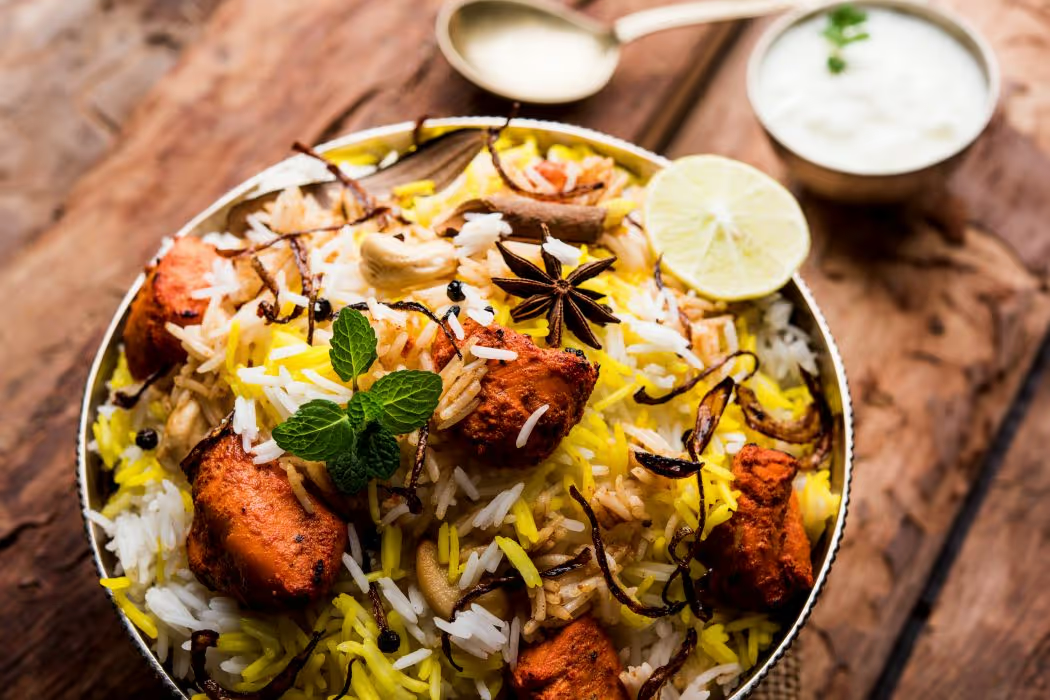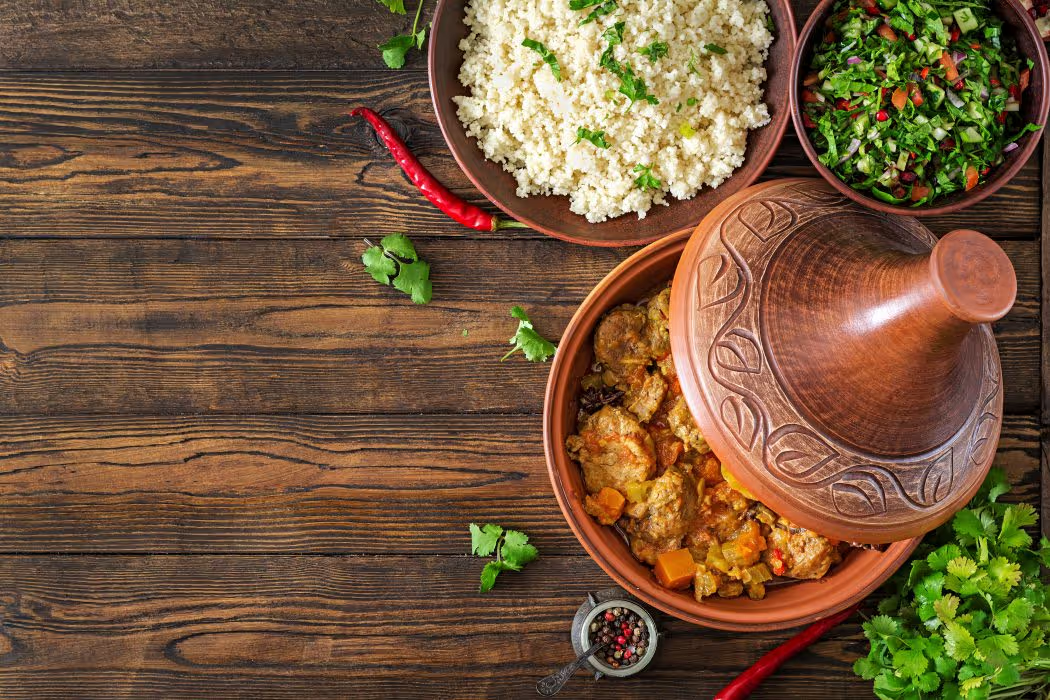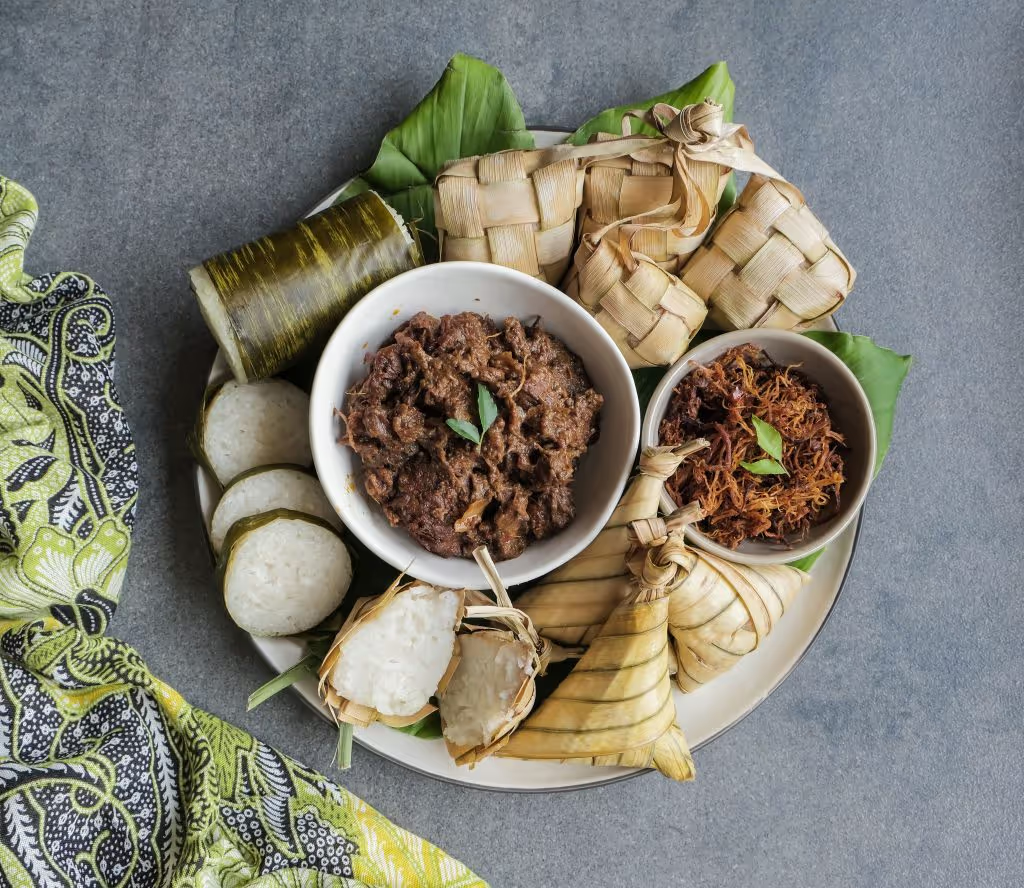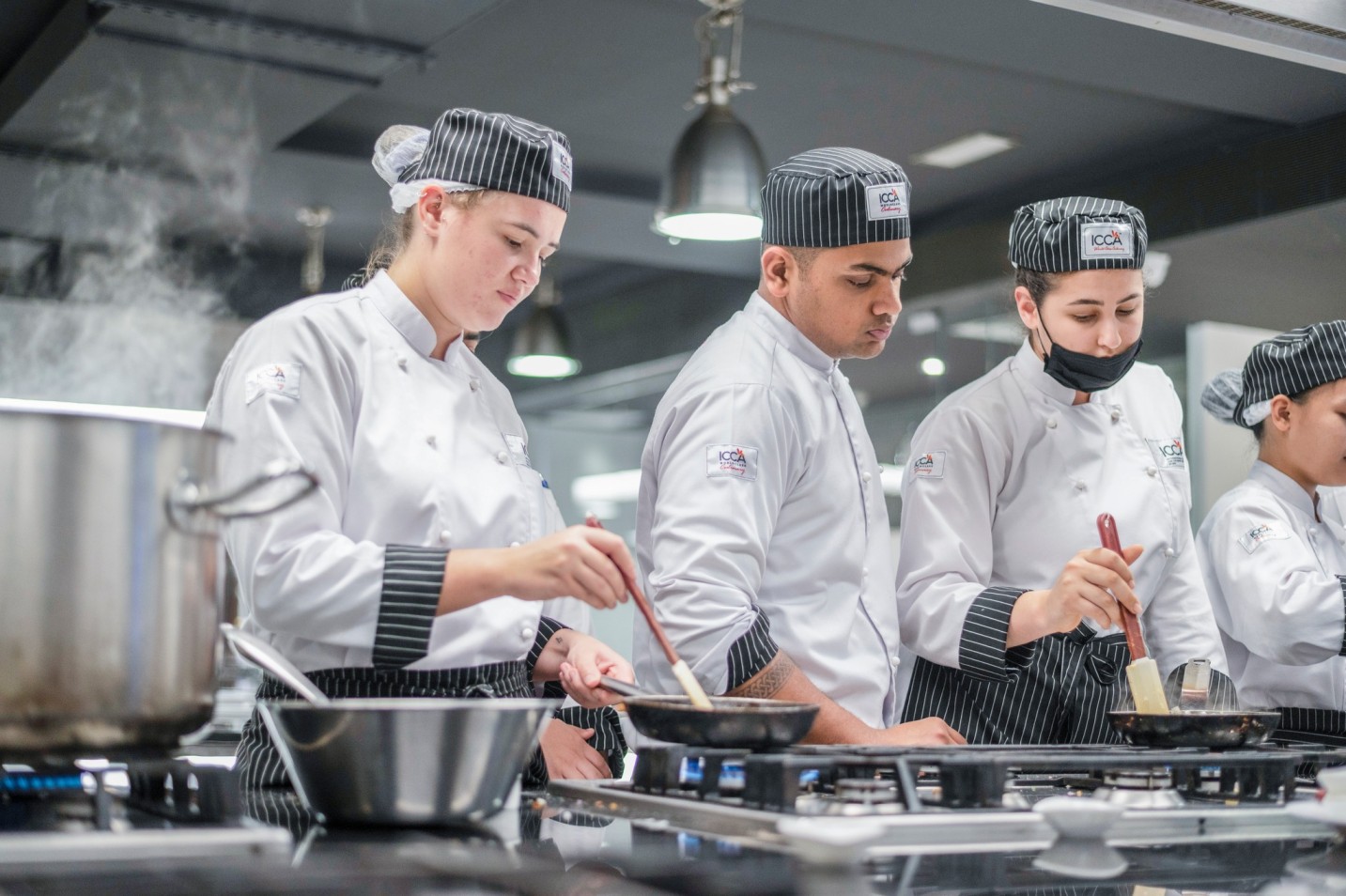The Eid norms and traditions could vary from region to region with each having its unique cultural touch to it. This difference is quite evident in the festive foods as well, which are made in different regions. This Eid-Ul-Adha we are taking you on a mini-tour of the Eid specialities around the globe.
Eid-Ul-Adha, the festival of sacrifice, venerating the completion of the Hajj is around the corner. It is a joyous occasion, a time to forge new beginnings and to celebrate together with family & friends. As the ‘Sacrificial Feast’ is here, we suppose that your taste buds are tempted with the thoughts of the delicious spread that awaits you.
Although the whole Muslim community over the world celebrates this festival together, the Eid norms and traditions could vary from region to region with each having their unique cultural touch to it. This difference is quite evident in the festive foods as well, that are made in different regions. On that note, by wishing everyone a blessed Eid-Ul-Adha we are taking you on a mini tour of the Eid specialities around the globe.
The Middle East

Lamb is the most important dish on an Eid menu. In the Arab world, Eid starts and ends with exquisite lamb dishes. Roasted lamb is one of the most important delicacies for Eid. The lamb is roasted to a golden crust perfection with mild spices and seasonings served on a bed of rice along with salads. This is a popular dish among all the Middle Eastern Countries.
The other Eid specialties of the Middle East include Harees, a preparation of meat cooked with broken wheat in a porridge-like consistency, special Eid cookies called Maamoul made of semolina with dates and pistachio fillings which is quite popular in countries like Jordan, Lebanon and Syria, the Kebabs, Baklava, Kunefe from Turkey and much more.
South Asia

Biriyani is the most prominent Eid speciality of the South Asian countries, and there is a growing liking for this dish in the Arabic region. It is a dish made with Basmati rice that originated in Persia and later reached India, Pakistan, and Bangladesh. It is a preparation of Basmati rice and meat or poultry together, along with whole spices, nuts, and raisins to give it a temptingly intense flavour and aroma. India is known to be the Master in Biriyani preparation, and they have their regional varieties as well. Pakistan and Bangladesh have their own unique take on this beautiful dish with the base method being the same.
North Africa

Tagine (the dish is named after the earthenware pot in which it is cooked) is the popular choice of Eid specialities all over North Africa. From Morocco to Algeria and Tunisia, the dish varies from region to region within each country, incorporating the locally available ingredients with recipes that have been handed down over generations. The preparation includes, meat and vegetables cooked and presented in Tagine itself and served along with couscous.
The Far East

In the Far East, Ketupat, a packed rice dish is a common dish they serve in Indonesia. It is a dish made of sticky glutinous rice with coconut milk wrapped in palm leaves that are woven in a very artistic way. It is then served with beef or chicken curry.
Fried noodles called Sangza are the way to go about Eid in China. Sangza is a popular snack made by making thin ropes of wheat flour dough which are fried and then stacked in the shape of a pyramid.
Image Source: www.al-press.com








